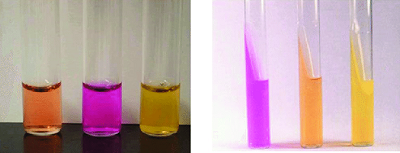Urease test - Introduction, Media, Principle, Procedure, Result, Interpretation
Introduction to Urease test
Urea is a major organic waste of most vertebrates and is produced as a by-product of protein digestion and excreted through urine. Some microorganisms (bacteria, fungi) produce an enzyme called urease which hydrolyzes the carbon and nitrogen bond of amine compounds such as urea. Ammonia and Carbon dioxide are released as end products.
The urease test is important in identifying and/or differentiating members of the Proteus genera from other gram-negative bacteria.
Media for Urease test
The urease test is done in urea broth or agar which contains pH indicator phenol red.
Principle of Urease test
If the inculcated test organism has the ability to produce urease, the urea in the medium is converted to ammonia. The ammonia thus produced is alkaline and raises the pH of the medium. As a result, a pH greater than 6.8 changes the color of the indicator from yellow to deep pink or red.
If the test organism does not produce urease, the color of the media remains yellow.

Image: Urease test - broth (left), agar slant (right); pink color indicates positive result (Source: Research gate)
Procedure of Urease test
The procedure of the Urease test is listed below:
Take a sterile urea medium (agar or broth) and inoculate it with the test organism. If agar medium is a used streak on the slant of the media
Incubate at 35-37°C for 18-24 hours.
Examine for color change.
Result, Interpretation of Urease test
The result of the Urease test is interpreted as:
Positive
The color of the media changes from yellow to red or deep pink.
Negative
The color of the inoculated media remains the same.
Urease producing organisms
The urease-producing organisms include:
Klebsiella
Haemophilus
Proteus
Yersinia enterocolitica
Cryptococcus neoformans
Urease variable organisms
The urease variable organisms include:
Citrobacter
Enterobacter